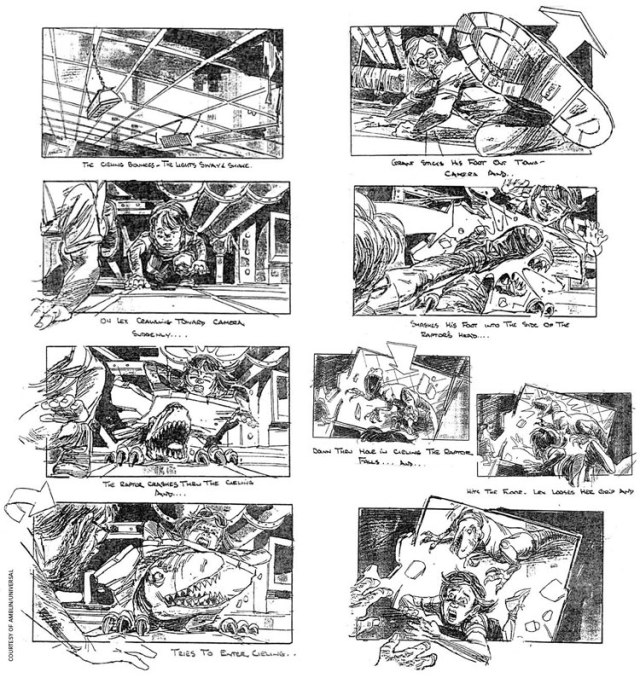We only really used two main pieces of camera equipment in our film opening: the dolly and the steadicam.
The Dolly
The dolly takes time to set up but, it is really easy to use. The dolly is commonly used in many films and we specifically used it for a through the wall shot (another technique seen a lot in cinema). The dolly created a wonderful effect for our film; below is the test footage for the dolly:
Steadicam
The second and final piece of equipment we used was the steadicam. We were really surprised at how easy the steadicam was easy to put together as well as to manoeuvre. The main action of the protagonist in our film opening is when he is walking so, we didn’t want to just have still, tripod shots of him walking. In order to show another skill, we decided to use the steadicam as it created a nice, smooth movement when we were following the actor. Here is the test footage for the steadicam:






